During the 1930, nuclear research was an emerging topic that was gaining a lot of headway and was sparking off debates worldwide. Homi dived headfirst into this field and revolutionised the way we use energy. He is credited with formulating a strategy of focusing on extracting power from the country’s vast thorium reserves rather than its meagre uranium reserves, a strategy in marked contrast to all other countries in the world, and one which worked wonders and helped India understand the importance of nuclear research and energy.
To commemorate his birthday, here are some interesting facts about the father of India’s Nuclear Program, Homi J. Bhabha.
1. He was heavily into the arts and culture, being a painter and a lover of classical music and opera.
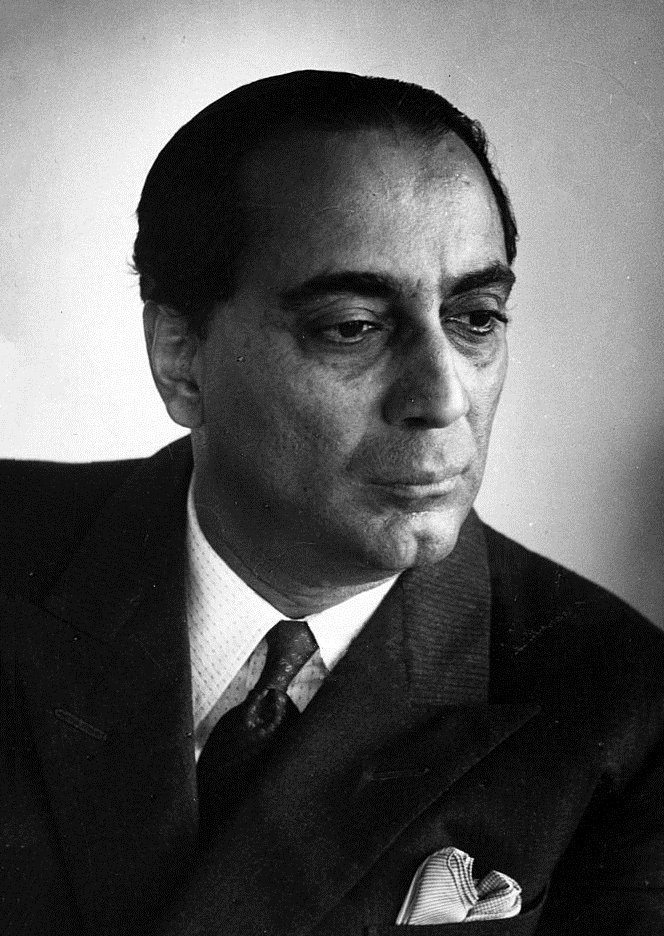
2. He worked with Niels Bohr and played a major role in the development of The Quantum Theory.
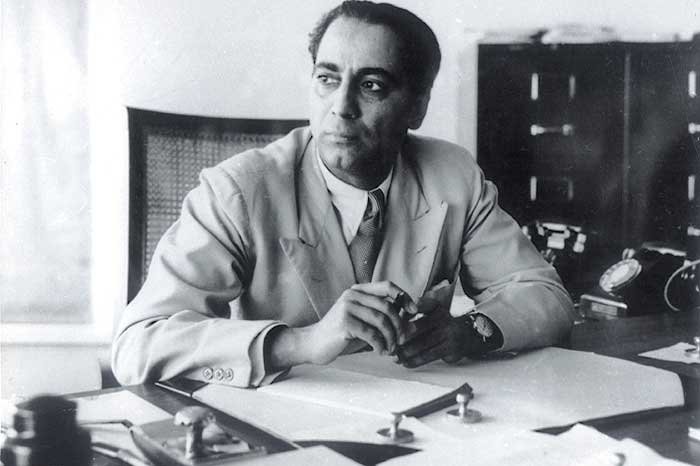
3. He identified and named the Meson Particle.
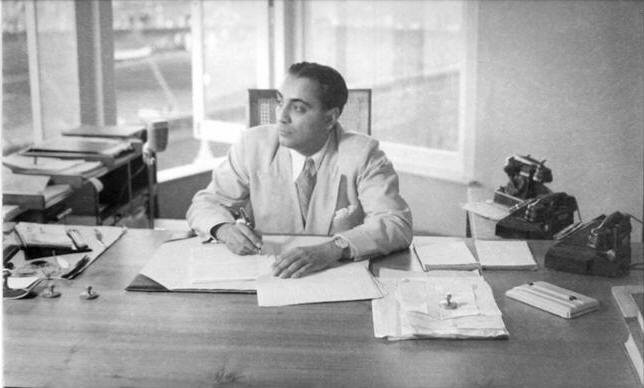
4. He was the 1st chairman of the first United Nations Conference on the Peaceful Uses of Atomic Energy held in 1955.
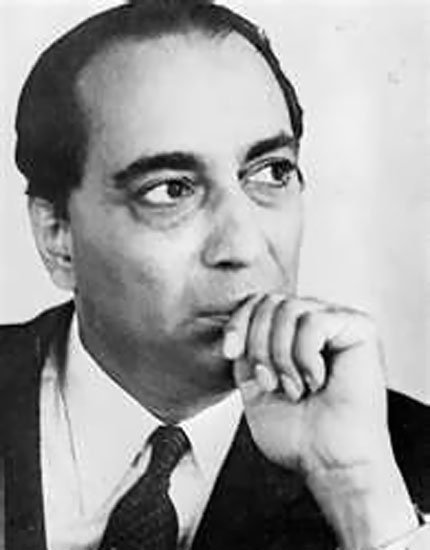
5. He was the founder, creator and director of Tata Institute of Fundamental Research and Bhabha Atomic Research Centre, 2 leading research institutions.
ADVERTISEMENT
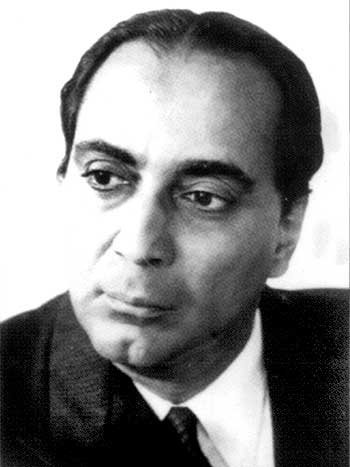
6. He wanted atomic energy to be used to alleviate poverty and advocated the outlawing of nuclear weapons worldwide.
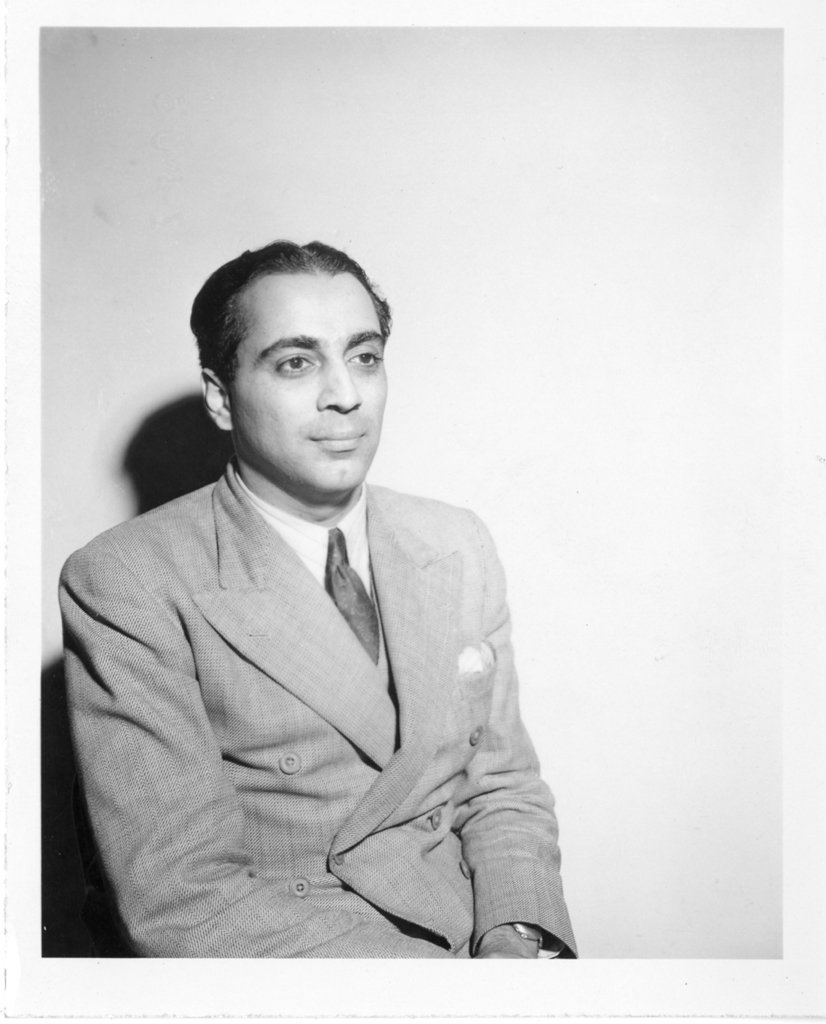
7. He won the Adams Prize in 1942 and a Padma Bhushan in 1954.
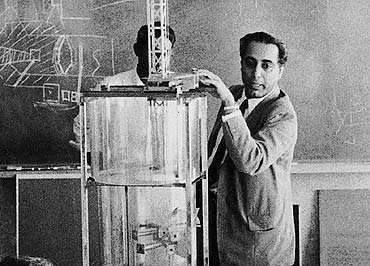
8. He worked with German Physicist Walter Heitler to develop the Cascade Theory to better understand cosmic radiation.
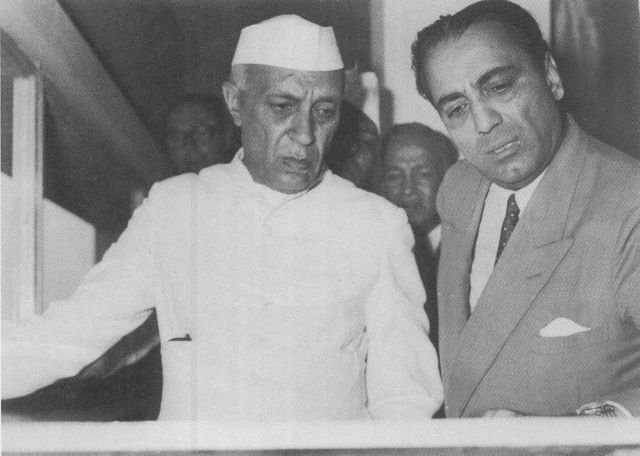
9. He graduated with a degree in mechanical engineering before delving into nuclear research.
ADVERTISEMENT
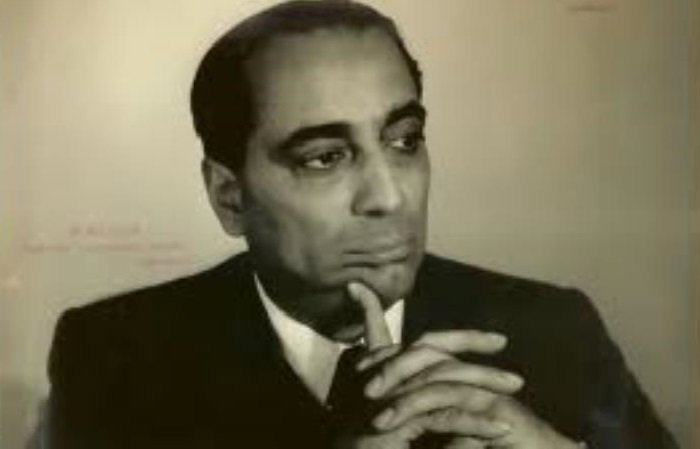
10. He was a bachelor all his life and devoted all of his time to science.
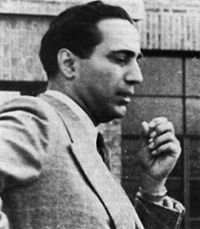
11. He lived in a sprawling colonial bungalow in Malabar Hills named Mehrangir.
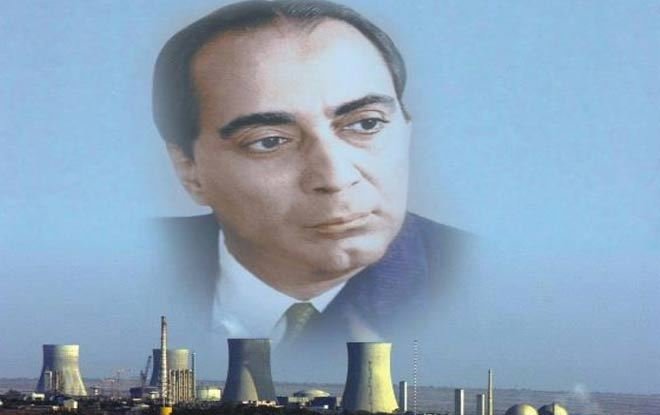
12. Homi Bhabha tragically passed away in an airplane crash in Switzerland on January 24, 1966.
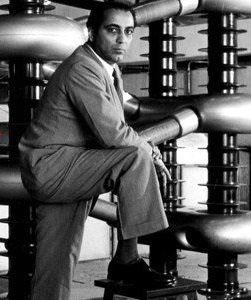
Top picks for you

















